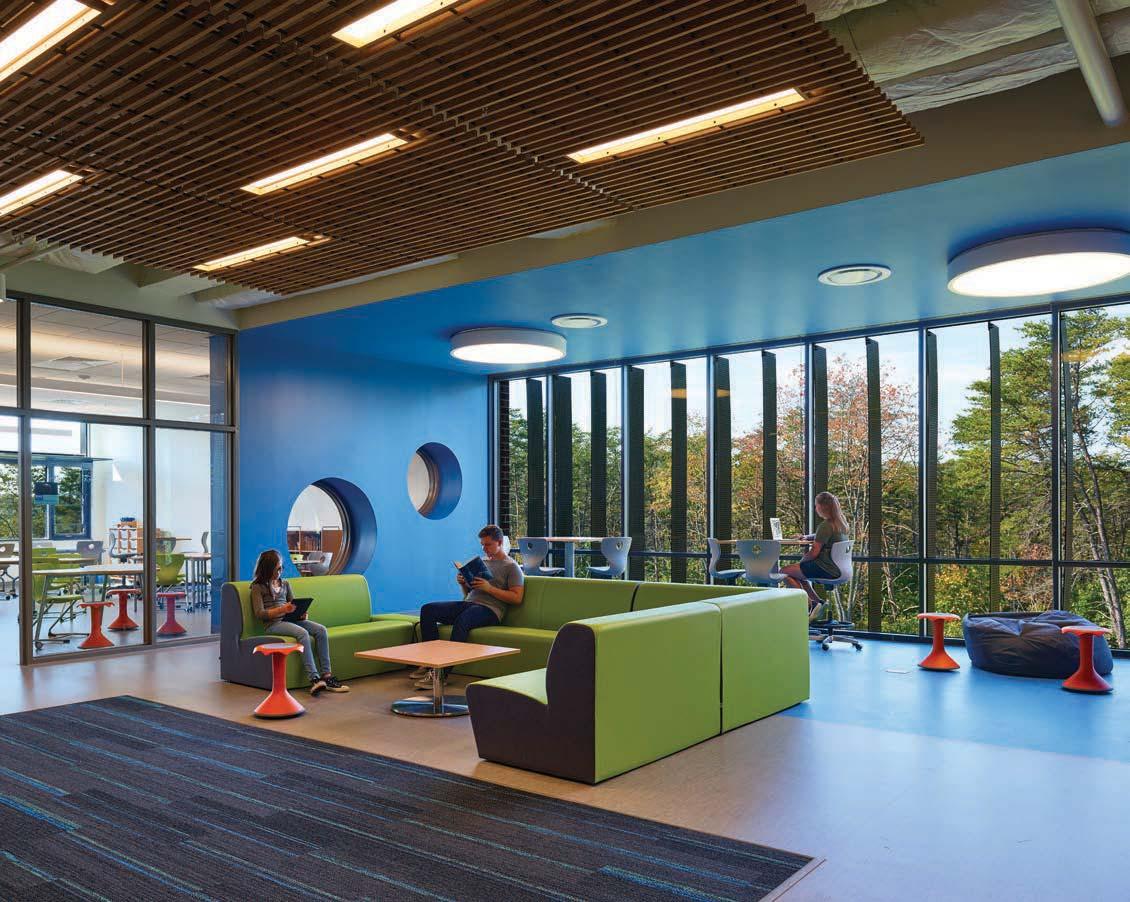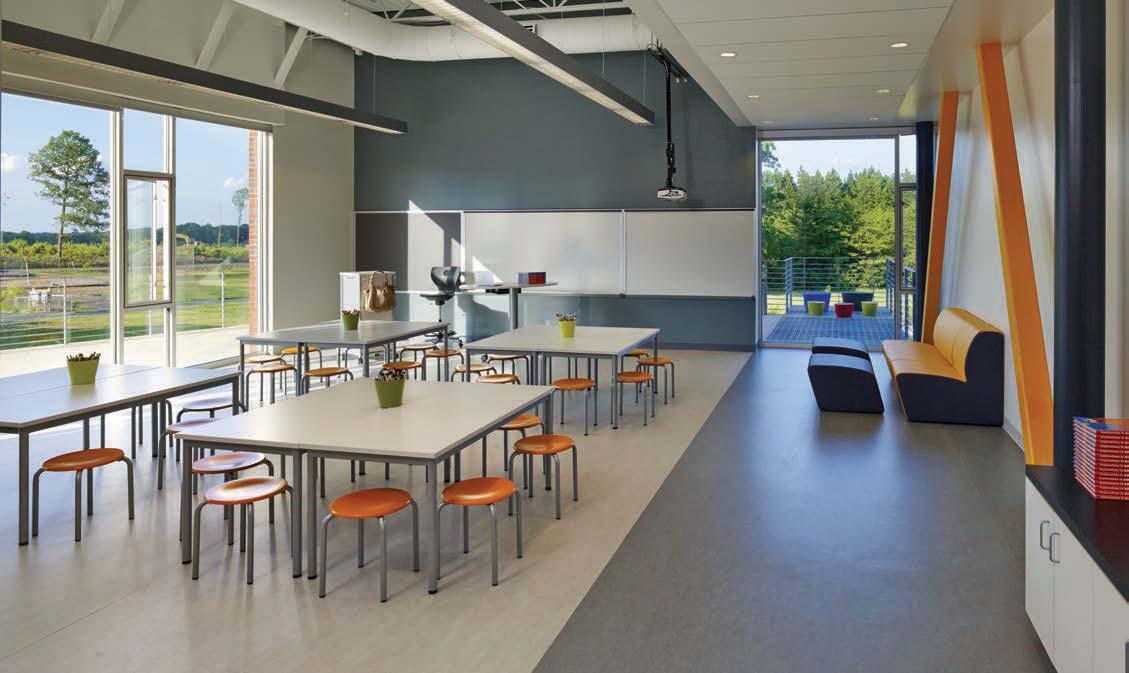
1 minute read
SENSORY PERCEPTION
Unconscious stimuli has a lot to do with how we feel and act.
When you enter a room, your senses – sensory organs such as eyes, nose, ears – are exposed to an overwhelming amount of sensory information to process (an average of 400,000/sec concerning all human sensory organs). However, only .00004% reaches our consciousness (cf. Norretranders 1994, Zimmermann 1993). A “filter effect” protects our center of consciousness from overloading.
What this tells us is that the majority of the information we perceive remains in our unconscious (limbic system). Nevertheless, it has a decisive influence on our emotional state and intuitive decision-making processes.
Spaces and the sensory impressions they unconsciously deliver “can heal, experience, satisfy, stimulate, or make ill.”
(Mahlke, Schwarte 1997)
We are biological organisms that evolved in nature. Well-being, awareness, concentration, social exchange, motivation, and learning success are heavily linked to how much the spatial conditions affect our sensory system via natural elements.
That’s why health-oriented interior design concepts are now placing greater importance on natural daylight, good acoustics, and climate. According to researchers, these design factors clearly impact the mood and learning performance of students and teachers (cf. Higgins et al. 2005, Tanner, Langford 2003).

WHAT POSITIVELY STIMULATES OUR SENSES?
Optical sense (eyes): Natural daylight, colors, plants, vision.
Acoustic sense (ears): Relaxing sounds and language.
Sense of smell (nose): Fresh air, pleasing room ambiance.
Sense of touch (skin): Natural materials, different shapes.
Sense of taste (tongue): Natural herbs, spices.
And added to the above, our proprioceptive sense, which relates to balance, muscles, posture, and movement.










